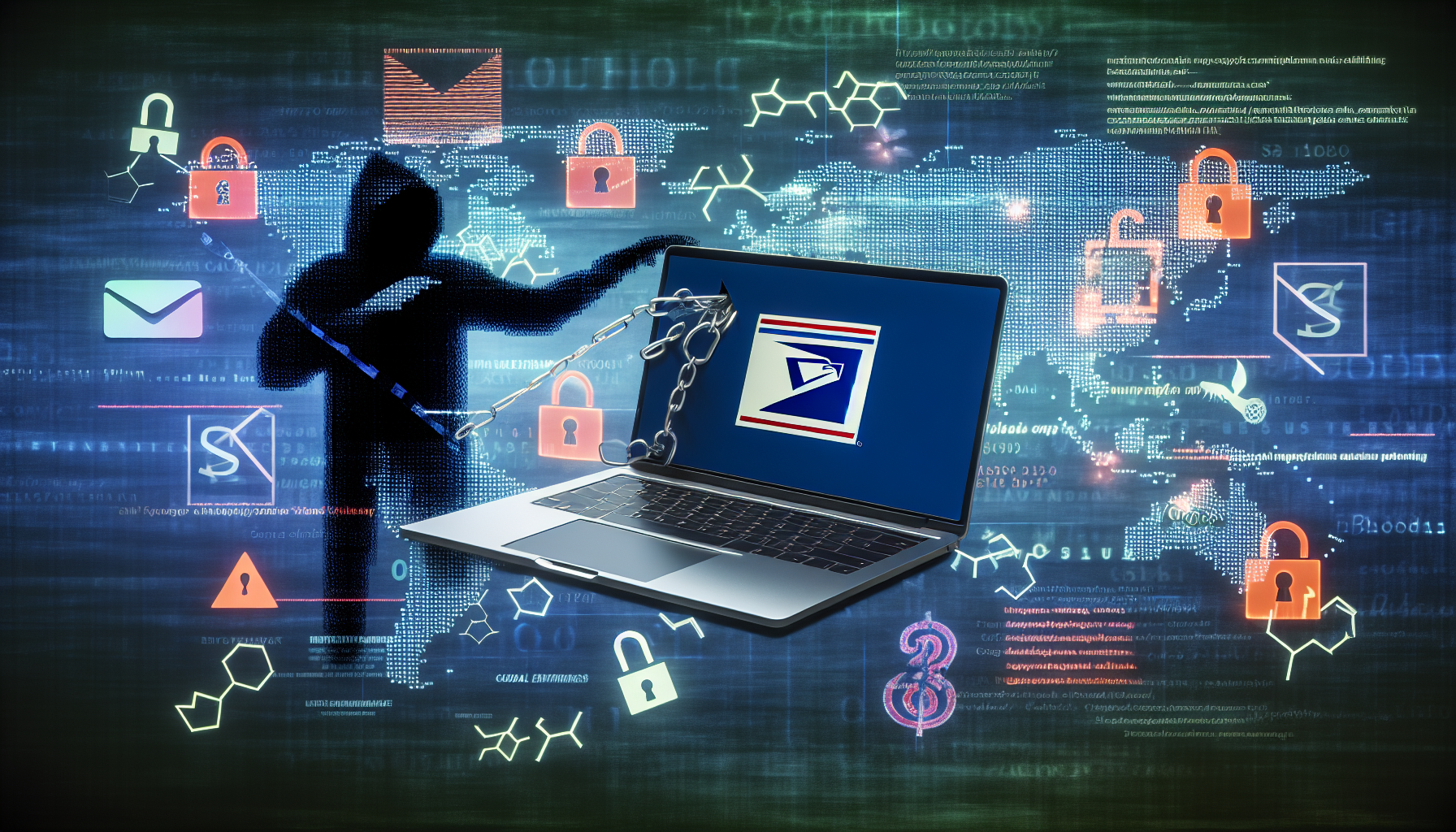Threat Overview
A zero-day vulnerability in Microsoft Windows has been actively exploited by cybercriminals associated with the Play ransomware operation. This alarming development was reported by CyberHunter_NL on May 7, 2025, and corroborated by both Microsoft and the Symantec Threat Hunter Team (TSH). The exploitation of this vulnerability underscores the critical need for organizations to remain vigilant and proactive in their cybersecurity measures.
The Play ransomware group has been known for its sophisticated tactics, techniques, and procedures (TTPs), which often involve leveraging zero-day vulnerabilities to gain unauthorized access to systems. Zero-day vulnerabilities are particularly dangerous because they are unknown to the software vendor at the time of exploitation, leaving users with no immediate patch or fix.
The report highlights that the confidence level in this threat is 100%, indicating a high degree of certainty about the ongoing exploitation. The reliability of the report is rated as A – Completely reliable, further emphasizing the urgency for organizations to take immediate action.
Understanding the Threat
Zero-day vulnerabilities are flaws in software that are unknown to the vendor and, therefore, unpatched. Attackers exploit these vulnerabilities to gain access to systems, often deploying ransomware or other malicious payloads. The Play ransomware group has a history of targeting large enterprises, causing significant disruption and financial loss.
The exploitation of this Windows zero-day vulnerability allows attackers to bypass security measures and deploy the Play ransomware undetected. This can lead to data encryption, system downtime, and potential data breaches. Organizations that fall victim to such attacks often face substantial recovery costs and reputational damage.
Recommendations for Mitigation
Given the severity of this threat, organizations must take immediate steps to protect their systems. Here are some recommendations:
- Patch Management: Ensure that all systems are up-to-date with the latest security patches. While a patch for this specific zero-day vulnerability may not yet be available, keeping systems updated can mitigate other potential vulnerabilities.
- Network Segmentation: Implement network segmentation to limit the spread of ransomware within the organization. By isolating critical systems and data, organizations can reduce the impact of an attack.
-
Endpoint Protection: Deploy advanced endpoint protection solutions that can detect and block malicious activities in real-time. These solutions should include behavioral analysis capabilities to identify zero-day threats.
-
User Training: Educate employees about the risks of phishing and social engineering attacks. Regular training sessions can help users recognize and avoid potential threats.
-
Incident Response Plan: Develop and regularly update an incident response plan. This plan should outline the steps to take in the event of a ransomware attack, including containment, eradication, and recovery procedures.
-
Backup Solutions: Implement robust backup solutions that allow for quick data restoration in case of an attack. Backups should be stored offsite or in the cloud to ensure they are not affected by the ransomware.
-
Monitoring and Detection: Use Security Information and Event Management (SIEM) systems to monitor network activity and detect anomalies. SIEM solutions can provide real-time alerts and help security teams respond quickly to potential threats.
-
Third-Party Risk Management: Assess the cybersecurity posture of third-party vendors and partners. Ensure that they adhere to stringent security standards to prevent supply chain attacks.
-
Regular Audits: Conduct regular security audits and vulnerability assessments to identify and address potential weaknesses in the organization’s defenses.
-
Collaboration with Security Experts: Engage with cybersecurity experts and threat intelligence providers to stay informed about emerging threats and best practices for mitigation.
Conclusion
The exploitation of a zero-day vulnerability in Microsoft Windows by the Play ransomware group is a stark reminder of the ever-evolving threat landscape. Organizations must remain proactive in their cybersecurity efforts, implementing robust measures to protect against such sophisticated attacks. By following the recommendations outlined above, organizations can enhance their security posture and minimize the risk of falling victim to ransomware.
For additional information, please refer to the external references provided:
- CyberSecurityNews: https://cybersecuritynews.com/windows-0-day-vulnerability-exploited/
- AlienVault OTX Pulse: https://otx.alienvault.com/pulse/681b5c9ad753458c0bcefa36
Stay vigilant and prioritize cybersecurity to safeguard your organization against emerging threats.
Discover more from ESSGroup
Subscribe to get the latest posts sent to your email.





